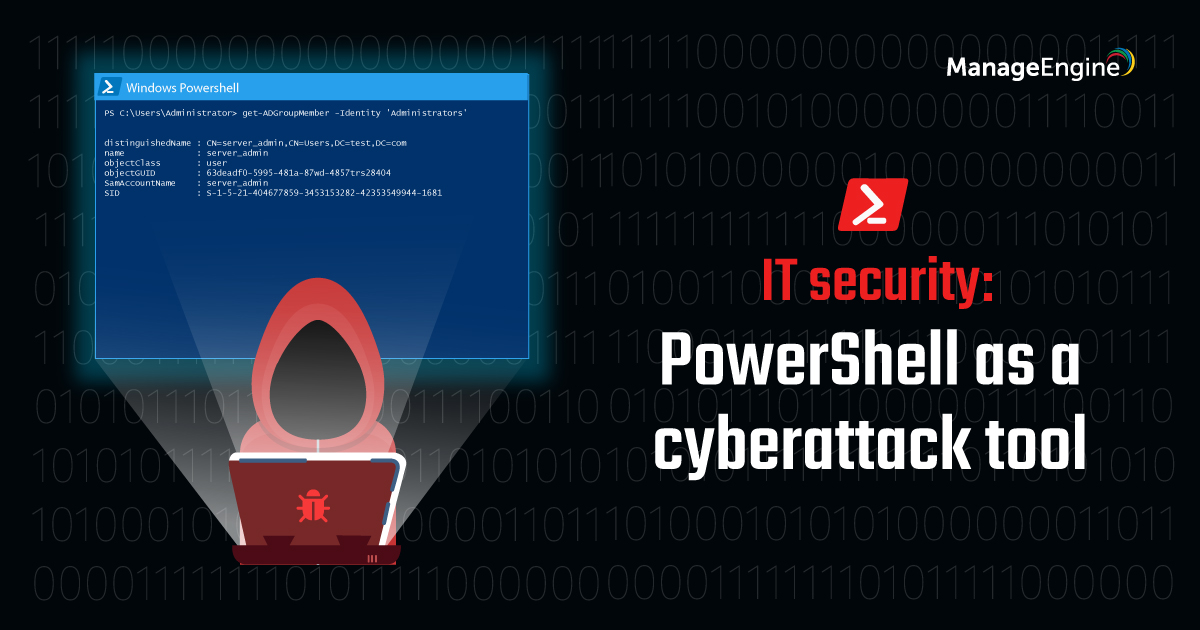Tools and features introduced with the intention of benefiting and empowering an organization can sometimes end up being misused. PowerShell is a classic example.
PowerShell is a more powerful command-line interface that combines the old Command Prompt (CMD) functionality with a built-in scripting environment that can be leveraged to gain unprecedented access to a machine’s inner core, including access to Windows APIs. PowerShell is a useful tool for administrators to automate tedious tasks, but unfortunately, malicious actors have also taken advantage of its abilities. No longer having to depend on traditional malware, hackers can exploit PowerShell to discover critical domain information and run malicious executables in memory (also known as fileless malware). Since PowerShell is installed by default in every system from Windows 7 to Windows Server 2019, it’s a favorite weapon of choice for many attackers.

The security implications around PowerShell have always been a major point of concern in the IT industry, especially with PowerShell techniques increasingly used in real-world attacks. And with the introduction of offensive PowerShell toolkits, users with malicious intent can now perform complex attacks with simple one-line cmdlets. While disabling PowerShell may sound like a viable solution, it does not address the root of the problem, because there are a number of ways PowerShell can be leveraged as an attacking tool without even having to use the interface.
Check out our helpful guide to learn more about PowerShell-based attacks, and understand how they could impact your organization, but stay tuned—help is on the way!


The wait is finally over! Build your defence against PowerShell attacks. The time is now! – http://bit.ly/PSADAP